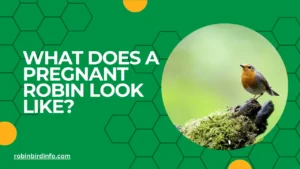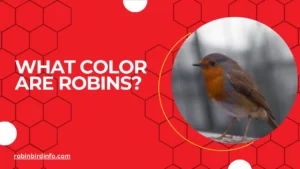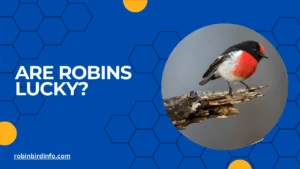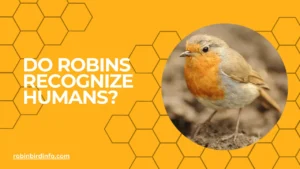Ever watched a Robin flitting through your garden, a vibrant red breast proudly displayed?
These cheerful songbirds are a familiar sight, their presence often signaling the arrival of spring. But have you ever wondered about the fascinating world of Robin reproduction? One common question pops up frequently: How long are Robins pregnant?
The answer might surprise you! Unlike humans and other mammals, Robins don’t experience pregnancy. But that doesn’t make their reproductive cycle any less captivating. This blog post delves deeper than the “pregnancy” myth, exploring the intricate stages of Robin reproduction from nest building to fledging.
We’ll unravel the timeline of their breeding season, the crucial role of both parents, and the challenges they face in raising their young. So, grab a cup of coffee (or your favorite beverage!), settle in, and get ready to discover the remarkable journey of Robin parenthood!
Contents
Section 1: The Breeding Season
The Robin breeding season typically begins in early spring, with the exact timing varying depending on factors like weather conditions and food availability. As temperatures rise and days lengthen, male Robins establish territories and begin to sing to attract mates.
Mate selection is a complex process involving courtship displays and vocalizations. Male Robins often perform elaborate songs and aerial displays to impress potential mates. Once a pair bond is formed, the male and female Robin work together to build a nest and raise their young.
Territorial behavior is crucial for Robins during the breeding season. Male Robins defend their territories from other males to ensure exclusive access to resources and potential mates. They use a combination of vocalizations, displays, and physical confrontations to defend their territory.
Section 2: Nest Building and Egg Laying
Once a pair bond is formed, the male and female Robin work together to build a nest. They construct a cup-shaped nest using twigs, grasses, and mud. The nest is typically placed in a sheltered location, such as a tree cavity, a dense shrub, or on a horizontal branch.
The female Robin lays 3-5 eggs in her nest. The eggs are pale blue-green in color and are incubated by the female. The incubation period lasts for approximately 12-14 days.
Section 3: Nestling Development
After the eggs hatch, the nestlings are blind and helpless. Both the male and female Robin work tirelessly to feed and care for the young. They bring insects, worms, and berries to the nest, and they keep the nest clean and warm.
Nestling development is rapid. Within a few weeks, the nestlings grow feathers and begin to fledge. The fledglings leave the nest and continue to be fed by their parents for a short period before becoming independent.
Section 4: Factors Affecting Breeding Success
Several factors can influence the breeding success of Robins. Food availability is crucial, especially for feeding the growing nestlings. A shortage of insects or berries can lead to reduced nestling survival.
Weather conditions can also impact breeding success. Adverse weather, such as heavy rain, storms, or extreme cold, can harm nestlings and reduce their chances of survival.
Predation and parasitism are significant threats to Robin nests and nestlings. Predators such as cats, snakes, and birds of prey can prey on adult Robins and their young. Parasites, like cowbirds, can lay their eggs in Robin nests, reducing the survival of Robin nestlings.
Section 5: Conservation Implications
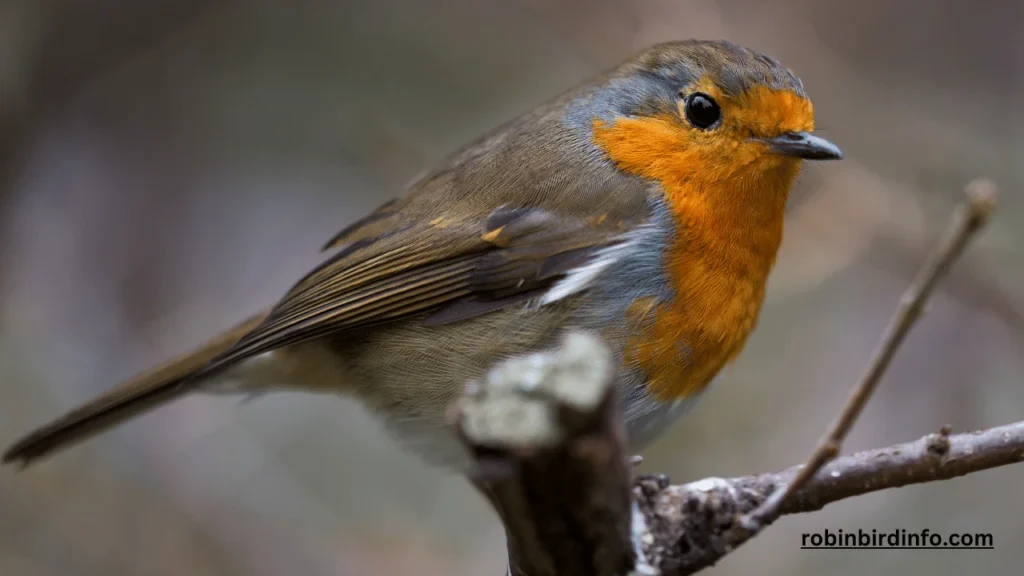
Habitat loss and fragmentation are major threats to Robin populations. Loss of suitable nesting and foraging habitat can reduce breeding success and limit population growth.
Climate change can also impact Robin breeding patterns. Changes in temperature and precipitation patterns can affect the timing of breeding and the availability of food resources.
To conserve Robin populations, it is important to protect their habitats, reduce the use of pesticides, and promote bird-friendly practices. By creating and maintaining healthy ecosystems, we can ensure the continued survival of these beloved birds.
Conclusion
The breeding cycle of Robins is a fascinating process that involves a complex interplay of behaviors and environmental factors. By understanding the challenges faced by Robins during the breeding season, we can take steps to protect their populations and ensure the continued enjoyment of their beautiful songs and vibrant plumage.
FAQ’s
How often do Robins breed in a year?
Robins typically breed once or twice per year, depending on factors like food availability and weather conditions.
How long does it take for a Robin egg to hatch?
It takes approximately 12-14 days for a Robin egg to hatch.
How long do baby Robins stay in the nest?
Baby Robins typically stay in the nest for about 13-15 days before fledging.
What do baby Robins eat?
Adult Robins feed their young a diet of insects, worms, and berries.
What are the threats to Robin nests?
Robin nests are vulnerable to predation from cats, snakes, and other birds of prey. Adverse weather conditions, such as heavy rain and strong winds, can also damage nests.
How can I help protect Robin nests?
You can help protect Robin nests by avoiding disturbing them, keeping cats indoors, and providing a bird-friendly environment with plenty of nesting sites and food sources.


